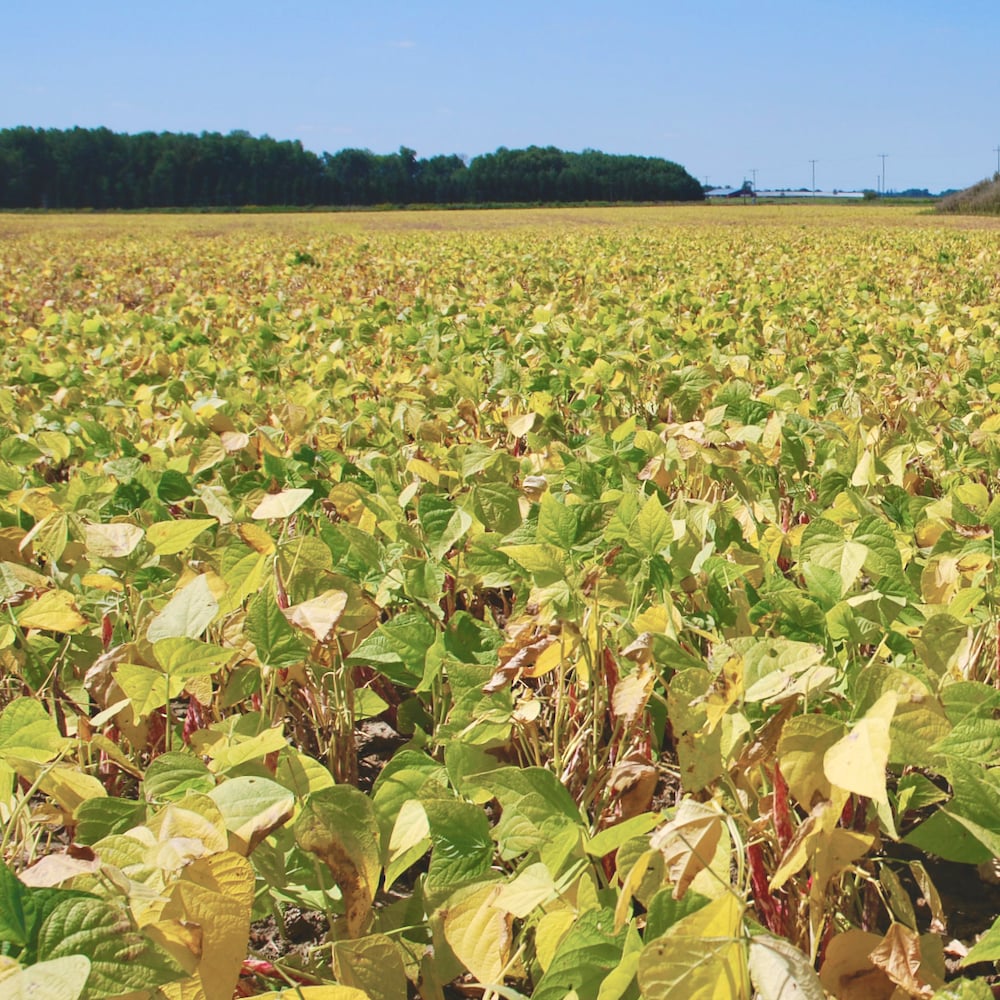How EU policies may affect domestic edible bean production

The edible bean complex is a unique market among row crops. Whether white, black, kidneys or adzukis, beans are grown under contract and face more consumer- and quality-based directives than corn or soybeans.
Read Also

Editorial: For women in agriculture, opportunities abound
Glacier FarmMedia – I can’t remember when I first heard the song “I am woman” by Helen Reddy, but it…
Yet there are rising concerns about maximum residue limits (MRLs) set out by the European Union for certain chemical products. Although the regulations apply to the food value chain in the EU, it’s expected that trading partners must meet these regulations when exporting crops to the EU.
The EU directives affect two neonicotinoids – clothianidin and thiamethoxam – as seed treatments and as foliar-applied products.
The regulations were passed early in 2023 and are expected to go into effect March 7, 2026.
Why it matters: MRL limits set by the EU could set a precedent for more crop chemical regulation in the future.
Greg Bartley, director of crop protection and crop quality with Pulse Canada, says there is no definite threat to edible bean growers in Canada, only uncertainty about what may come.
He was in Stratford last month for the annual meeting of the Ontario Edible Bean Growers and offered insights on how crop protection policies in the EU could affect growers here.
“I would say edible beans have been impacted more already due to dry bean dealers not allowing the use of pre-harvest glyphosate,” he says. “We don’t see this broad restriction on other pulse crops and it’s a response to commercial pressure from dry bean buyers, including those from the EU.”
If a pesticide registration is not renewed within the EU, the MRL is usually revoked two years later and falls to the default level of 0.01 parts per million (ppm).
“This is where the EU’s MRL legislation comes into play for Canadian pulse growers, as this new default level can be trade prohibitive if the product is used in Canada and has detectable residues greater than the default level of 0.01 ppm,” says Bartley.
“The neonic example is unique as this is the first case where MRLs were revoked for global environmental considerations rather than dietary. Maximum residue limits were never meant to be utilized this way, nor does it make sense to apply MRLs for environmental considerations.”
The three-year phase-in period from early 2023 to March 2026 was an acknowledgement by the EU that this is unique, so additional time is needed for trading partners to adapt.
Neonics can be used by pulse growers in Canada as a seed treatment. It is assumed that seed treatments do not contribute to detectable crop residues in most cases because their protection wears off before the end of the growing season, and the active ingredient would not translocate to the seed.
“The application of a foliar neonic spray is where we would expect to see detectable residues, which doesn’t happen for pulse crops in Canada,” says Bartley.
“The concern is the precedent the MRL neonic decision has set for revoking MRLs based on global environmental considerations. This is a slippery slope and begs the question of which active ingredients are next ….”
Other initiatives
In 2020, Mexico imposed a presidential decree to ban glyphosate and genetically modified corn by January 2023, resulting in an ongoing dispute with the U.S.
It was viewed by many in Canada and the U.S. as a precedent-setting move in which a country uses a trade-restrictive policy toward modern agricultural practices.
The recent announcement of the EU-Mercosur Free Trade Agreement (with select South American countries) is viewed as another attempt by the EU to ensure imported products are produced to its standards.
That deal has yet to be finalized.
Bartley noted several recent events in the EU, including farmer protests about budget constraints, complaints about administration and reporting, and subsidy payments not keeping pace with the cost of production.
EU president Ursula Von der Leyen pledged that its commission “is listening to farmers” and EU parliament rejected the Sustainable Use Directive that sought to legislate pesticide reduction targets, increase the use of integrated pest management practices and ban the use of pesticides in sensitive areas.
“It all depends what happens with the EU elections next June,” says Bartley.
“The farm community within the EU is seeking equal standards of EU regulation to be applied to imported goods, which could easily end up on the campaign trail as an issue ahead of the election.”
Last July, the EU also published its proposed New Genomic Techniques (NGTs) legislation. It is viewed in a positive light because NGTs are differentiated from restrictive GMO legislation.
The review period on those policies could take 18 to 24 months.
Source: Farmtario.com

